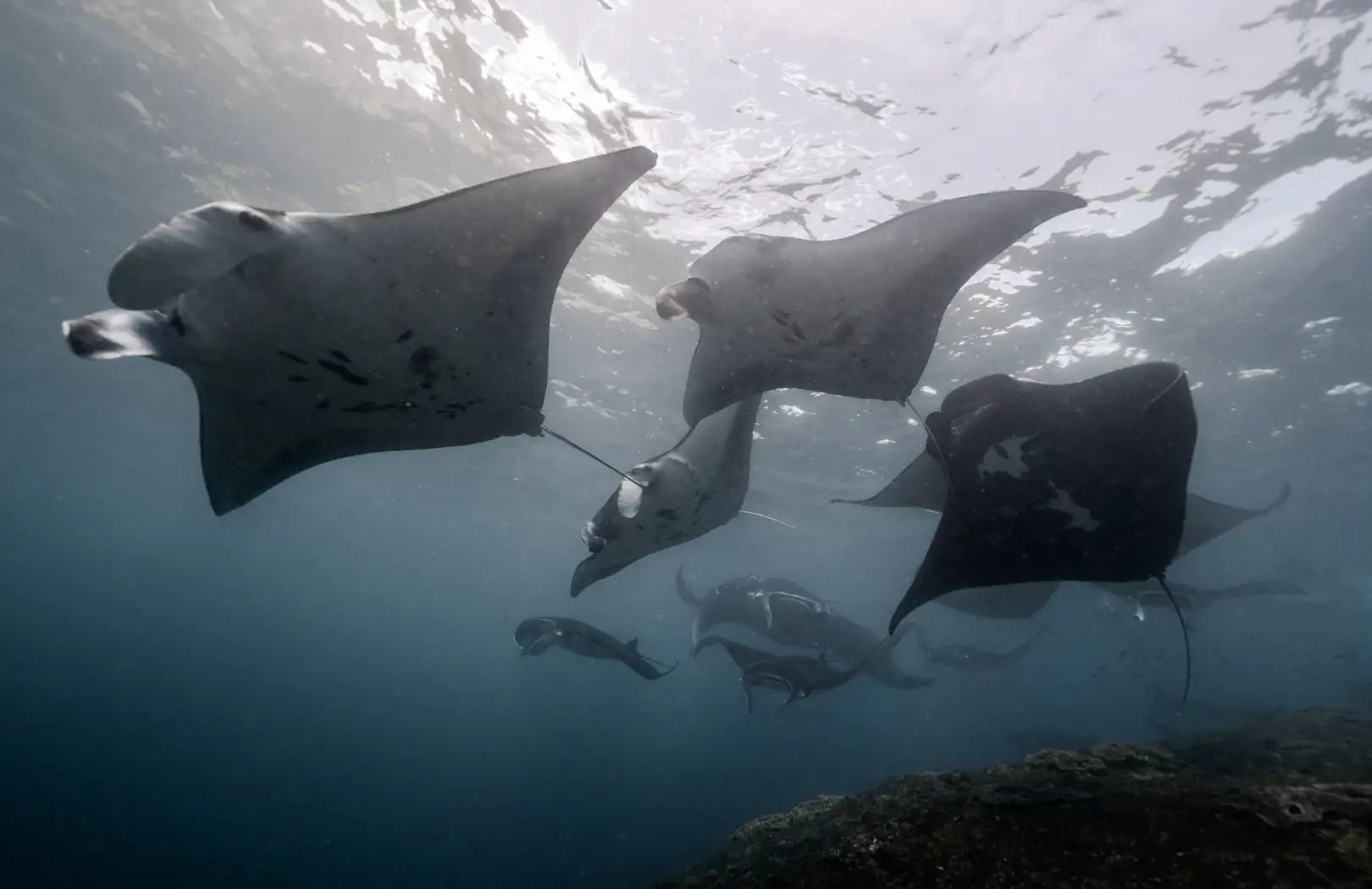Nusa Penida

Favotrip Bali Tour
21 February 2025

Nusa Penida is an island located southeast of Bali, Indonesia, forming a district within Klungkung Regency. It is separated from Bali by the Badung Strait. The island's interior is hilly, reaching a maximum altitude of 524 meters, with a drier climate than Bali. Like Bali, it is a popular tourist destination.
In addition to Nusa Penida, the administrative district also includes the nearby islands of Nusa Lembongan and Nusa Ceningan, along with eleven smaller islands. As of the 2010 census, the district had a population of 45,110 across 202.84 km², with an official estimate of 63,900 in 2023.
Language
The people of Nusa Penida speak a distinct dialect of Balinese known as Nusa Penida Balinese (basa Nosa), which is unintelligible to speakers from mainland Bali. It is reportedly similar to the language of the Bali Aga, Bali's indigenous population.
Bali Bird Sanctuary
Nusa Penida, along with Nusa Lembongan and Nusa Ceningan, is part of a bird sanctuary established by local communities through traditional Balinese village regulations. This initiative was led by the Friends of the National Parks Foundation (FNPF).
In 2006, all 35 villages (now 41) adopted bird protection as part of their awig-awig, their traditional regulations. Since then, the FNPF has rehabilitated and released various Indonesian bird species, notably the critically endangered Bali starling. In 2005, fewer than 10 Bali starlings remained in the wild. However, following a two-year program in which 64 captive-bred birds were released on Nusa Penida, their population increased to over 100 by 2009.
Dive Sites
Nusa Penida is home to numerous dive sites, including Penida Bay, Batu Lumbung (Manta Point), Batu Meling, Batu Abah, Toya Pakeh, and Malibu Point. The currents in the Lombok Strait generally flow south, but their strength and direction vary with the monsoon seasons.
During the southeast monsoon, tidal flows tend southward, while during the northeast monsoon, they shift northward. In the northern part of the strait, tidal flow can reach 3.5 knots at peak tide. The Badung Strait has complex tidal patterns due to its curved shape and the diagonal flow relative to the Lombok Strait.
A 2009 survey identified 1,419 hectares of coral reefs, with 66% coral cover at 3 meters depth and 74% coral cover at 10 meters depth. In December 2024, a colony of Galaxea astreata, one of the world's largest coral colonies, was discovered. This massive coral formation spans approximately 4,000 m², with dimensions of 34 meters (width), 32 meters (length), and 5.5 meters (height).
Source: Wikipedia









